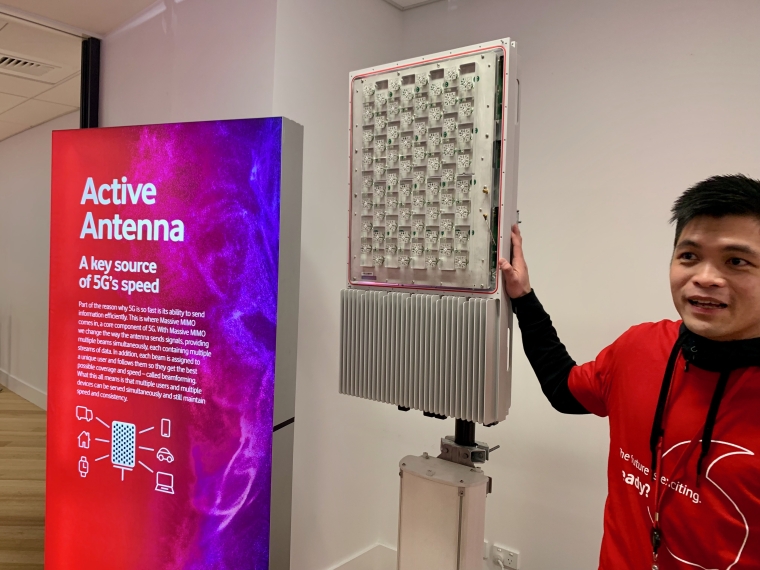
Spark was quick to issue a release about mobile network mapping company OpenSignal's latest results for New Zealand.
The telco said it has "emerged as a clear leader in New Zealand for providing its customers with a reliable mobile experience, scoring a significant margin over its closest competitors."
Well, Spark has only two competitors as everyone knows, but congrats nevertheless. It's nice for Spark to have independent validation for the service provided to customers, and reliability is really important. Here are the full results from OpenSignal:

Coverage is another area where Spark does well, having scored nine out of 10 for coverage experience in New Zealand, which is one point better than One NZ.
Not to be left out, 2degrees seems to have good 5G at the moment, for video, gaming and data downloads and uploads. OpenSignal says the 5G speeds have gone up in the country, by 32 megabits/s on Spark and 2degrees, and nearly a 100 Mbps on One NZ.
2degrees uses Ericsson supplied equipment for 5G, which it says is now rather energy efficient thanks to the implementation of "Micro Sleep Tx [transmission]". This puts the radios for the cellular towers on 350 sites into low-power mode when network demand is low.
Ericsson and 2degrees reckon the low power-mode has saved some three gigawatt hours over the last two years. That's an 18% drop in energy usage, which matters as telcos try to scale down 5G power hunger.
Back to OpenSignal's report, looking at the number of categories each telco won, 2degrees picked up six and was the joint winner in four. One NZ won two, and was named the joint winner in another two.
Spark won the two mentioned above, and was the joint winner in a further two.
OpenSignal is an interesting company that grabs network metrics from users' devices via apps; apart from mobile service, they now cover broadband experience as well, similar to Ookla's Speedtest.
You can see the averages OpenSignal has picked up in your area in the mobile app, like these results for the Three Telcos in the Herne Bay area of Auckland:

And the network latency, which is the amount of delay experienced when sending and receiving data packets measured in milliseconds (ms):

While that latency is OK for a mobile connection, it looks like 4G and not 5G which is usually half the amount. Wi-Fi is even lower like 4-7 ms with a good access point, but it can vary quite a bit. Having low latency means the apps using your data connection will seem very responsive and generally perform better. It's often overlooked however.
1 Comments
I started this comment: And each is abusive of it's rural customers. This morning, I've found that's wrong as far as Spark is concerned.
About a month ago when I explored wireless broadband, and compared offers between an urban address in the village 6km away (population about 200) and my rural address, with pretty much the same signal strength, i found:
OneNZ and 2 Degrees offered no wireless, only ADSL.
Spark offered the full range of plans starting from $45 with 40gb for urban address and only a single $85 for 40gb offer at my rural address (plus copper ADSL and VDSL options).
This morning, Spark offers the same wireless plan offers in both the village and my rural address. Great stuff Spark, thanks

We welcome your comments below. If you are not already registered, please register to comment
Remember we welcome robust, respectful and insightful debate. We don't welcome abusive or defamatory comments and will de-register those repeatedly making such comments. Our current comment policy is here.